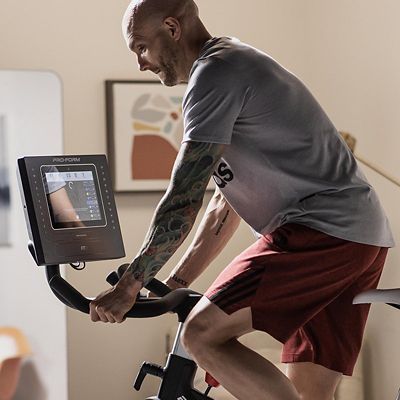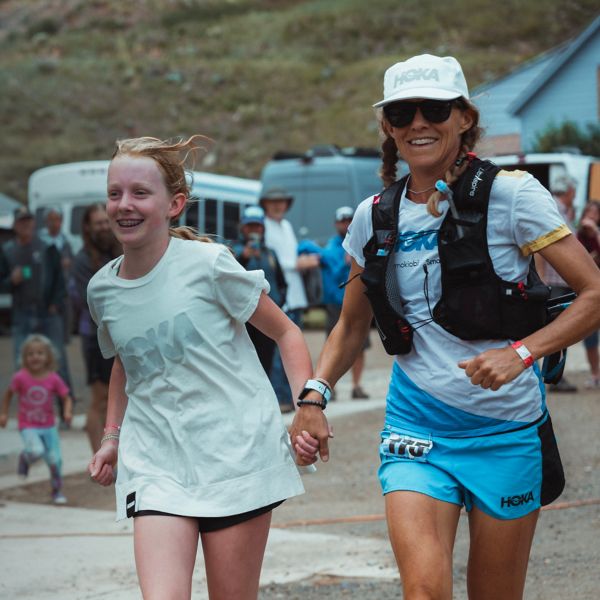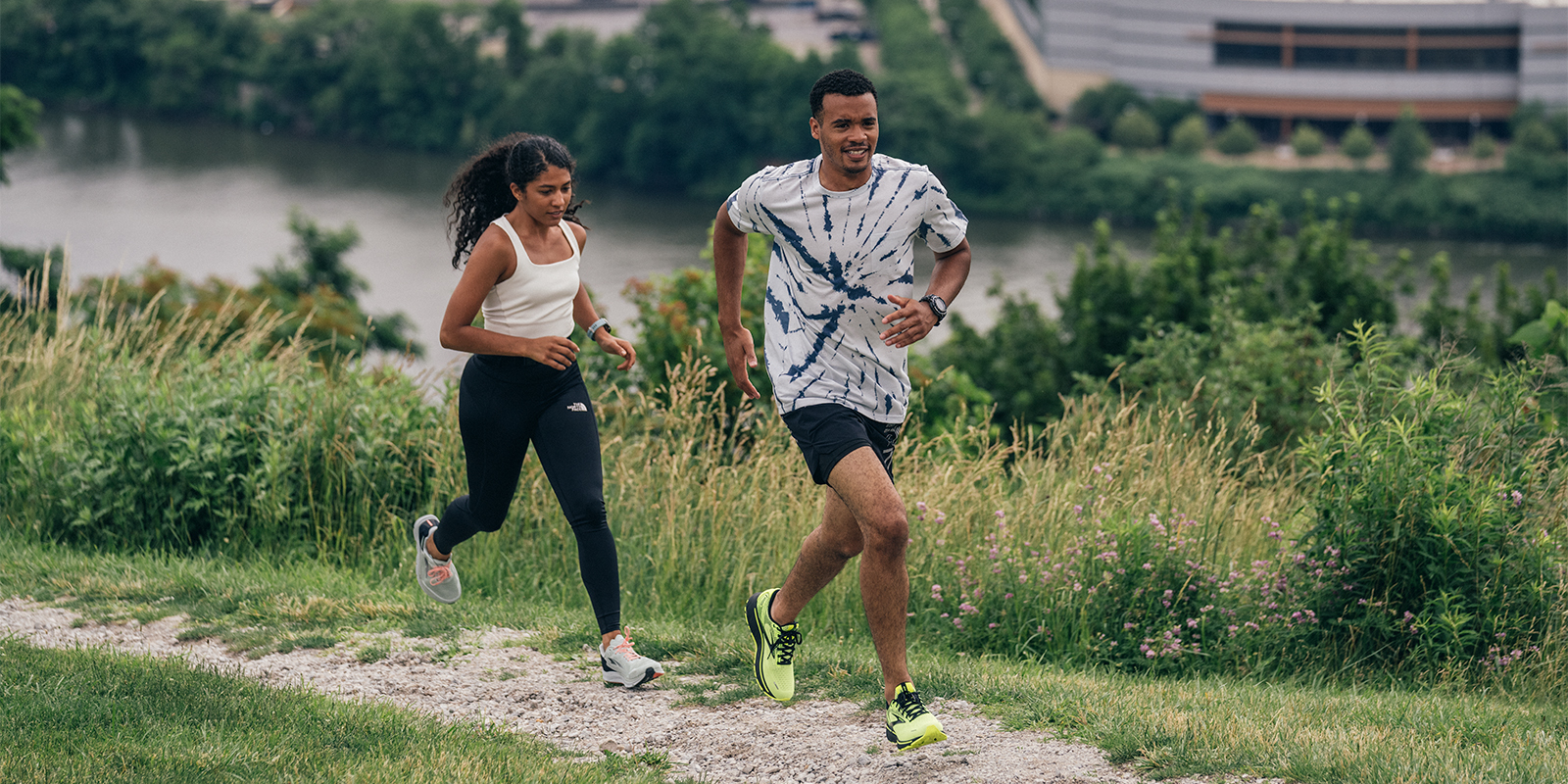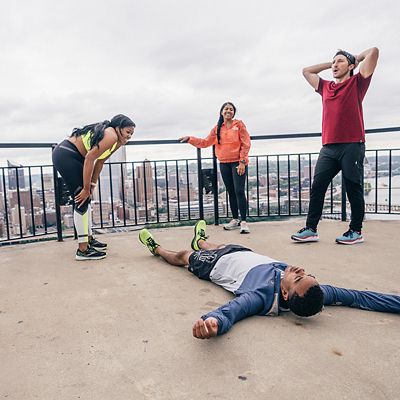
Many people think of running as an adult pastime, but it can have huge benefits for children, too. Joining a youth cross-country or track team, for instance, can help kids have fun, gain confidence, and build healthy habits. And for parents who run, it’s hard to beat the joy of running with your child—that is, if your child can learn to love it as much as you do.
Finding that sweet spot where kids are being challenged but not overwhelmed is a tricky affair. There is no prescribed age for when running regularly for fitness is safe for kids, nor is there a prescribed amount of mileage. The reason is that no two kids are alike in physical or emotional development. Those open-ended factors play a big role in determining how much running is too much for any particular child. Keep a few parental pointers in mind to help focus your guidance and start running together.
Assess Any Risks
Just as adults can suffer from overuse injuries caused by the repetitive motion of running, so can kids. In fact, because kids are constantly growing, they’re more susceptible to certain types of injuries.
Until kids are fully grown, they have areas of softer tissue known as growth plates where adults have harder bones. According to the National Institute of Health, once a child is fully grown, the growth plates close and are replaced by solid bone. Until then, those areas are particularly vulnerable.
Other risks have more to do with your child having a negative experience with running at an early age, and therefore potentially being turned off to running and other forms of exercise for years afterward. Of course, that same risk applies for any youth sport. It’s just that running has greater potential as a lifelong pastime—there’s a reason so many adults turn to it after organized team sports become harder to come by. (Read below for ways to spot warning signs for both overuse injuries and burnout, as well as tips for avoiding them in the first place.)

























